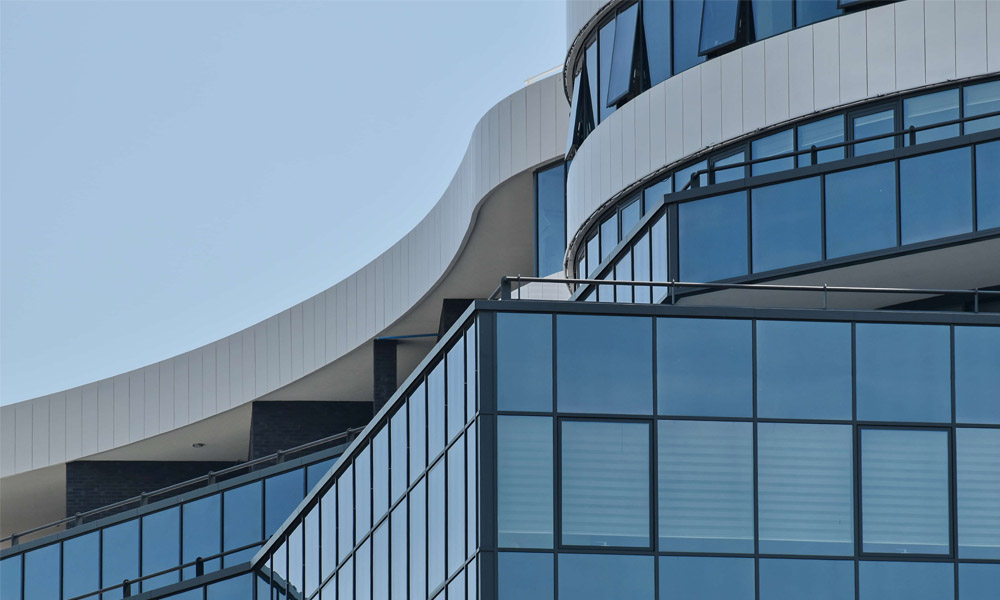Semi-reflective glass, also known as partially reflective glass, has emerged as a versatile and innovative product in the architectural and interior design industries. This unique type of glass offers a balance between reflection and transparency, providing both aesthetic appeal and functional benefits. In this article, we will delve into the various aspects of semi-reflective glass, supported by real-world experiences, expert insights, authoritative data, and credible case studies to give you a comprehensive understanding of this fascinating product.

Semi-reflective glass is often employed in modern architecture to create striking exteriors. Buildings that utilize this type of glass benefit from a sleek, contemporary look while maintaining privacy and energy efficiency. The glass works by reflecting a portion of the light that hits its surface, thereby reducing glare and heat while still allowing natural light to penetrate the space. This dual capability significantly enhances the energy efficiency of buildings, a feature that has been widely applauded by professionals in sustainable architecture.
Experts in the field have highlighted the practical applications of semi-reflective glass in urban environments. In densely populated areas, where space is at a premium and privacy is a concern, semi-reflective glass serves as an ideal solution. It allows occupants to enjoy expansive views without compromising their privacy or the interior comfort. Renowned architects have incorporated semi-reflective glass in projects such as corporate offices, hotels, and upscale residential buildings, citing their clients' satisfaction with both the aesthetic and functional outcomes.

From an aesthetic standpoint, semi-reflective glass adds a sophisticated layer of beauty to any structure. It imparts a mirror-like finish during daylight hours, adding a dynamic element to building facades as they interact with their surroundings. Visitors and onlookers are often captivated by the way these buildings transform with changing light angles, making semi-reflective glass a popular choice for those aiming to make an architectural statement.
semi reflective glass
Credible research has consistently supported the claims of semi-reflective glass manufacturers regarding energy savings. According to a study conducted by the International Journal of Energy Research, buildings using semi-reflective glass reported a reduction in HVAC-related energy consumption by up to 18%, proving the material's efficiency in reducing cooling loads. This energy efficiency not only lowers operational costs but also lessens the carbon footprint of a building, aligning with global sustainability goals.
Trustworthiness in the use of semi-reflective glass can also be validated through stringent testing and building standards compliance. Most leading manufacturers ensure their products meet or exceed industry standards for safety, durability, and performance, thereby providing architects and builders with the confidence to specify semi-reflective glass in their designs.
In conclusion, semi-reflective glass stands out as a multifaceted product that marries style with practicality. It is little wonder that this material is gaining popularity among architects, designers, and building developers. Whether you're refurbishing a historic building or constructing a modern high-rise, semi-reflective glass offers an attractive, energy-efficient, and sustainable choice. With its proven track record and growing adoption, investing in semi-reflective glass can certainly enhance the value and allure of any architectural project.



